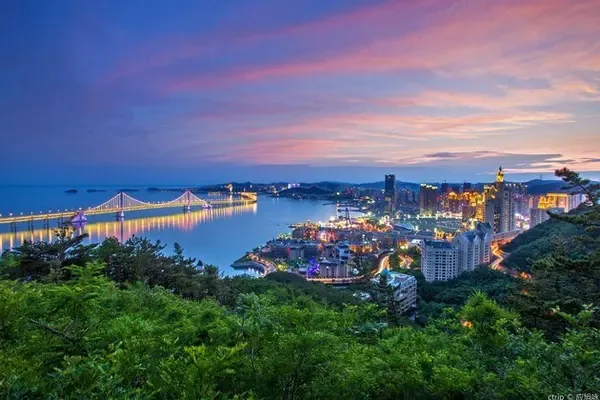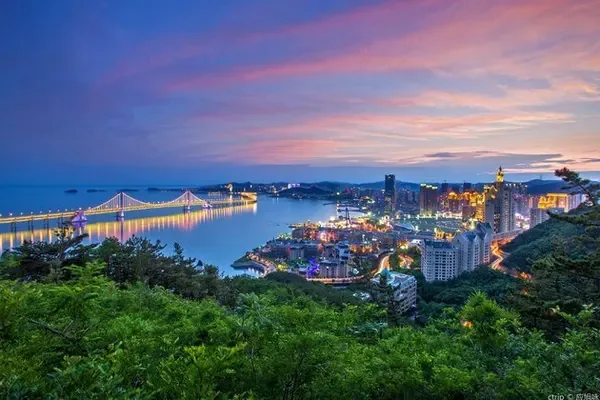








Kashgar, a border city in the westernmost part of China, is located at the southernmost tip of Xinjiang. It was called "Shule" in ancient times and has a history of more than 2,000 years. Kashgar was established as a city in 1952. It has strong ethnic characteristics and enjoys the reputation of "If you haven't been to Kashgar, you haven't been to Xinjiang". It was the first big city that Marco Polo saw here when he entered China from the West.









Kashgar Old Town is the most representative scenic spot in Kashgar, located in the city center with an area of about 4.25 square kilometers. The opening ceremony of the old city is held at 10:30 every morning, and Uighur singing and dancing performances are used to welcome the arrival of tourists from all over the world. The old city is the most classic representative of Uyghur culture, with a history of hundreds of years. Most of the buildings in the old city are full of Islamic and Uighur style, with criss-crossed streets and deep alleys. Walking in it seems to have entered the exotic land of Central Asia, feeling the strong Uyghur customs.




Northern Xinjiang sees natural scenery, while southern Xinjiang sees humanistic customs.








There is a Qiasa Road in the old city, and Xiangpiao Street. Dozens of restaurants and stalls along the way are filled with all kinds of Uighur specialty snacks, such as kebabs, pilaf, baked buns, beef tendon, roast chicken and duck, naan cakes, etc., which make people salivate. Work up an appetite. September is the season when pomegranates are on the market in Xinjiang. The freshly squeezed pomegranate juice is sweet and refreshing.



At the northeast end of the old city, there is a Uighur-inhabited area built on a high loess cliff with a height of more than 40 meters and a length of more than 800 meters. It is called "Gaotai Dwellings" and has a history of more than 600 years. The area is built on a cliff and has nearly 600 households. The house is built with mud and poplar wood, which looks loose but is actually very strong. There are more than 50 alleys built at random between upstairs and outside buildings, winding and criss-crossing, and going up and down. If there are no locals to guide the way, outsiders will definitely get lost. It's a pity that when I arrived at Gaotai Residential House, it was completely closed, and the inside was empty. It is estimated that renovation work will be carried out.










"Id Kah Mosque" is the most important must-see attraction in Kashgar. It was first built in the Ming Dynasty (1468), and it has been around for a long time. The main entrance is a goose-yellow building, with minarets on both sides, and the lines of the house are soft and quiet. The chapel in the temple is mainly green, but it is a pity that it does not catch up with the Islamic Juma day every Friday. The scene is grand and quiet, which shocks the soul, is distant and ethereal. The interior decoration of the mosque is simple and simple, while the decoration of Buddhist temples is resplendent and magnificent. This is the biggest difference between the two sects.










Another important tourist check-in point in Kashgar is the "Tomb of the Fragrant Concubine". In fact, the Concubine Xiang was not buried here. The exact place of burial is in the Yufei Garden of the Qingdong Tomb in Zunhua, Hebei Province. Since there is such a celebrity in his hometown in Kashgar, of course the local authorities will use it as a tourist attraction. The mausoleum was built around 1640 and is located in Haokand Village, 5 kilometers east of Kashgar City. Xiangfei's real name is Maimure-Aizim. She has a strange fragrance since she was a child, and she is called "Ipalhan" (fragrant girl). It is said that Concubine Xiang is the granddaughter of Apahoja. There are 72 people from five generations of the same family buried in the tomb. Among them, Concubine Xiang's coffin was covered with red silk. The walls around the exterior of the main tomb are clad with dark green glazed bricks. The glazed bricks fired more than 300 years ago are still clean and exquisite. Inside the tomb is the largest dome-style building in Xinjiang, with arched doors and windows, magnificent and beautiful. The surrounding area of the cemetery has been expanded a lot, and most of them are artificial traces. It seems that the commercialization of tourism has more significance than historical sites.










The tourist hotspots around Kashgar - "Pamir Plateau", Pamir means "roof of the world" in Tajik, with an altitude of 4,000 to 7,700 meters. In the Han Dynasty, it was called "Congling Ridge". The South Road and Middle Road of the ancient Silk Road crossed here, and then went west to West Asia, South Asia and European countries. After leaving Kashgar, the scenery is getting more and more beautiful all the way, along the 314 National Highway, the road condition is very good, this is a road of friendship leading to the border of Pakistan. The first stop is "White Sand Lake", about 150 kilometers away from Kashgar City, a plateau lake with a surface area of 44 square kilometers. The blue sky and white clouds, the clear water of the lake, against the silvery white sand of Baisha Mountain on the opposite bank, it looks extraordinarily elegant. The white sand on the side of the mountain is a spectacle formed by the original white sand at the bottom of the lake being blown to the side of the mountain by the wind. Under the reflection of the blue sky and green water, it looks like a silver-white belt wrapped between the sky and the earth, very soft and magnificent. Standing by the lake, looking at the continuous snow-capped mountains, the sun shines on the Baisha mountain, and the white sand on the Baisha mountain is reflected on the lake, elegant and clean, and you are in a fairyland.










From Baisha Lake, drive about 100 kilometers along the flat China-Pakistan Highway, and you will arrive at "Karakuri Lake". Kahu Lake is located at the foot of the "Mustagh Peak", which is known as the father of icebergs. The weather in the Pamirs Plateau can change as you say, and the sky was still clear at Baisha Lake just now, but when we arrived, there were patches of snow in the sky. Muztagh Peak is 7509 meters above sea level. It is a garden-shaped fault-block mountain with a high terrain and a cold climate. Muztagh Peak, Gongger Peak and Gongger Jiubie Peak, the three mountains stand up like jade pillars supporting the sky, standing on the Pamir Plateau, which is the most charming landscape. It is a pity that the top of Mufeng Peak is shrouded in clouds and mist at this moment, and its whole picture cannot be seen. However, the other two mountain peaks in the distance on the left side enjoy the sunshine alone, and the reflection of the beautiful shadows in the Kahu Lake is really beautiful.

